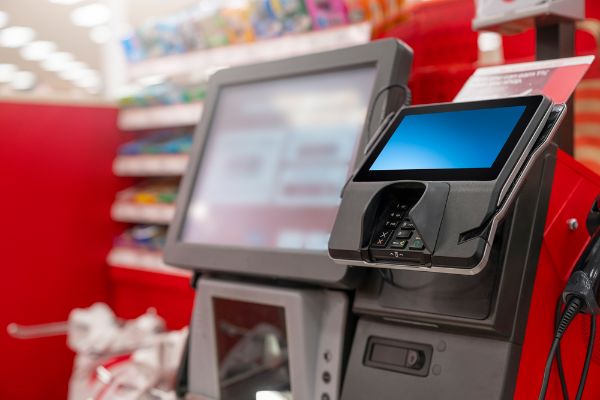According to the Labor Department, the consumer price index, a crucial indicator of how much consumers spend for goods and services, increased by 4% last month compared to the same period a year ago.
The consumer price index (CPI) increased 0.1 percent from March to April.
On a yearly basis, the Core CPI, which excludes costs for food and energy, increased by 5.3 percent. Core prices increased by 0.4% from one month prior.
The statistics mostly matched predictions. The projection for core inflation was 5.3 percent, and the headline inflation rate was 4.1 percent.
Both core and headline inflation for the year were lower than they had been a month before. On a yearly basis, the CPI increased by 4.9 percent, and the core CPI by 5.5 percent in April. The CPI’s rise from month to month decreased from 0.4 percent in April. However, the monthly rate of core inflation remains constant from 0.4 percent in April.
Core inflation has remained at or near 0.4 percent since December, demonstrating the Fed is not doing anything to reduce inflation. Inflation has increased over the past two months on an unrounded basis.
Despite slowing since it peaked at 8.9 percent in June 2022, inflation is still much above the Fed’s target rate of two percent. The personal purchasing price index, which is generated by the Commerce Department, is the measure of inflation that the Fed uses to set its objective. The most recent data available shows that this indicator increased from 4.2 percent in March to 4.4 percent during April.
Inflation control has made slower progress than many Fed officials and analysts had anticipated. By the end of the year, Fed officials predict that PCE inflation would decline to 3.5 percent, according to their most current set of forecasts, which were made public in March. When the Fed releases a revised summary of predictions this week, this is anticipated to increase.





Comments are closed.